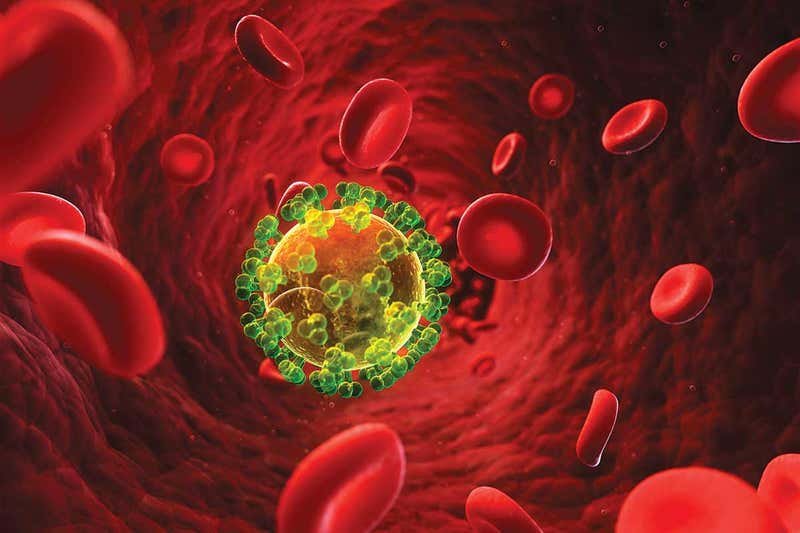Scientists in China have used CRISPR gene-editing technology to treat a patient with HIV, but it didn’t cure the patient, according to a new study.
The work, published (Sept. 11) in The New England Journal of Medicine, marks the first time this particular gene-editing tool has been used in an experimental HIV therapy, according to the authors, from Peking University in Beijing.
Even though the treatment didn’t control the patient’s HIV infection, the therapy appeared safe — the researchers did not detect any unintended genetic alterations, which have been a concern in the past with gene therapies.
…
The new study is very different from the unrelated, controversial case of a Chinese scientist who used CRISPR to edit the genomes of twin babies in an attempt to make them resistant to HIV. In that case, the Chinese scientist edited the DNA of embryos, and these gene alterations can be passed down to the next generation. In the new study, the DNA edits were made in adult cells, which means they cannot be passed on.
…
[T]his type of gene-therapy treatment was only possible because the patient also happened to need a bone marrow transplant, and so it’s not something that could be applied in its current form to the average HIV patient.Read full, original post: Chinese Scientists Tried to Treat HIV Using CRISPR































